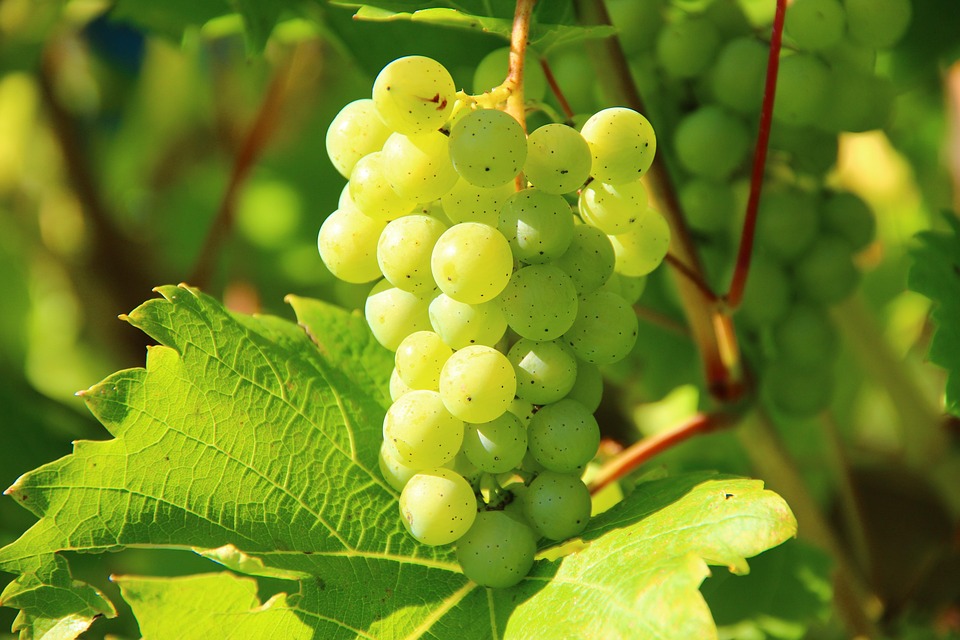## The Art of Landscape Architecture: Creating Beautiful and Sustainable Gardens
It was a sunny Saturday morning when I first attempted to transform a patch of barren land into a flourishing garden. Armed with nothing but a spade, a wheelbarrow, and an unshakeable enthusiasm, I envisioned an Eden where vibrant flowers danced in the gentle breeze, and fruits and vegetables sprang forth from the earth, nourishing both body and spirit. Each shovel of soil seemed to whisper tales of life waiting to bloom. As sweat dripped from my brow, I felt an exhilarating sense of purpose—not just to cultivate a garden, but to create a sustainable ecosystem that would thrive in harmony with nature.
Today, the fruits of that labor stand testament to the beauty and resilience that soil can nurture when given the right love and care. Let’s dive into the art of landscape architecture, focusing on how to create an oasis that is not just gorgeous but environmentally hospitable.
### Understanding Landscape Architecture
Landscape architecture is more than just arranging plants and pathways; it’s about creating spaces that foster life and evoke emotion. It encompasses everything from public parks to corporate landscapes to private gardens. Good landscape architecture blends functionality with aesthetics, ensuring that every element serves a purpose while contributing to the overall beauty of the space.
In the context of sustainable gardening, landscape architecture emphasizes the thoughtful use of the natural environment. This includes using native plants, conserving water, minimizing waste, and promoting biodiversity. The goal is to create a self-sustaining ecosystem that benefits both the gardener and the local wildlife.
### The Basics of Sustainable Gardening
1. **Know Your Soil**
Healthy plants start with healthy soil. Test your soil to understand its pH, nutrients, and texture. This knowledge will guide you in amending it appropriately, ensuring it’s rich enough to support your desired plants. Compost, worm castings, and organic fertilizers can do wonders!
2. **Choose Native Plants**
Native plants are adapted to your local climate and soil conditions. They require less water, fewer pesticides, and fewer resources overall. Plus, they provide a perfect habitat for local wildlife, such as bees and butterflies.
3. **Water Wisely**
Implementing a drip irrigation system or rainwater collection can drastically reduce water usage. Mulching around your plants also helps retain moisture in the soil, minimizing the need for frequent watering.
4. **Practice Crop Rotation**
This age-old technique involves changing the type of crop grown in a particular area each year. It prevents soil depletion and reduces the risk of pests and diseases.
5. **Encourage Biodiversity**
A diverse garden attracts a variety of beneficial insects and wildlife. Plant different species together, creating a balanced ecosystem that can fend off pests without chemical interventions.
### Designing Your Garden: Steps to Success
1. **Site Analysis**
Before you start digging, observe the space! Note where the sun rises and sets, how the wind blows, and where water collects. Understanding these natural elements will guide your design choices.
2. **Draw Your Design**
Sketching a design can help visualize the layout of your garden. Consider layering plants to create depth, using taller plants in the back and shorter ones in the front. A well-thought-out design also incorporates paths, seating areas, and zones for different garden activities (e.g., vegetable patch, flower beds).
3. **Incorporate Hardscapes**
Paths, terraces, fences, and patios can complement your garden’s natural elements. Use sustainable materials like recycled stone or reclaimed wood to enhance both aesthetics and functionality.
4. **Seasonal Interest**
Select plants that bloom at different times of the year for year-round beauty. This not only keeps your garden looking vibrant but also provides continuous habitats for pollinators.
5. **Personal Touches**
Infuse your personality into the design! Consider the addition of whimsical art, birdhouses, or comfortable seating areas. These elements make the garden a true extension of your home.
### Pro Tips for Sustainable Gardening
– **Start Small**: If you’re new to gardening, don’t overwhelm yourself. Begin with a small plot and expand as you gain confidence and experience.
– **Pay Attention to Pest Control**: Natural pest deterrents like ladybugs, neem oil, or companion planting can help keep troublesome insects at bay without harming beneficial ones.
– **Incorporate Edible Landscapes**: Consider planting fruit trees or berry bushes alongside ornamental plants. This way, your garden is not just beautiful; it can be bountiful, too!
– **Use Vertical Gardens**: If space is limited, create vertical gardens or container gardens to maximize your growing potential. Wall planters, trellises, and hanging baskets are great options.
– **Get to Know Your Local Eco-system**: Whether you’re interested in foraging, permaculture, or just creating a haven for local wildlife, understanding your local ecosystem will guide you in making plant selections that thrive naturally.
### Creating Microclimates
Diversity and microclimates can add layers of complexity to your garden. A microclimate is a small area within your garden that has slightly different conditions than the surrounding areas. By creating nooks where sun, shade, and moisture levels vary, you can introduce a broader range of plants.
– **Shade Areas**: Plant a mix of shade-tolerant flowering plants under larger trees. These areas can offer sanctuary to hostas, ferns, and more delicate flowers.
– **Wet Areas**: In a naturally damp corner, consider installing a rain garden. This garden will capture and filter excess water, prevent erosion, and attract frogs and dragonflies!
– **Sunny Spots**: Utilize direct sunlight for herbs and sun-loving flowers. Place seating nearby to enjoy the warmth!
### Embracing Technology
While gardening can be an art deeply rooted in tradition, don’t shy away from modern techniques that can enhance your garden’s sustainability.
– **Smart Irrigation Systems**: These systems utilize sensors to monitor soil moisture and regulate water usage, which can save both water and money.
– **Garden Apps**: Use apps for plant identification, design inspiration, and even spectral analysis to ensure optimal growth conditions. Some apps can even help with pest identification!
– **Online Courses and Tutorials**: Leverage free resources online to broaden your gardening skills and sustainable practices. Online communities can offer support and motivation, creating a network of like-minded garden enthusiasts.
### The Beauty of Community Gardening
Community gardens provide an excellent opportunity for people who may not have their own space. These shared plots can help foster connections among neighbors, as well as promote sustainable practices on a broader scale.
– **Workshops and Events**: Many community gardens host workshops on sustainability, permaculture, and gardening skills. Participants can share knowledge and experiences while growing together.
– **Local Flora and Fauna**: By planting native species, community gardens can become sanctuaries for local wildlife. Watching butterflies, birds, and bees thrive in a shared space deepens the connection to nature.
### Conclusion: A Journey Worth Taking
Creating beautiful and sustainable gardens is not just a task; it’s an adventure that leads to greater environmental awareness and personal fulfillment. As you dig your hands into the soil, remember that every seed sown holds the potential for beauty, nourishment, and serenity.
Whether you seek to create a backyard retreat, a community oasis, or an expansive homestead, the principles of landscape architecture can guide your journey. Embrace the challenge, soak up the sunshine, and bloom where you are planted. Let your garden become a masterpiece of sustainability, echoing the importance of living in harmony with nature.
Happy gardening!
—
With thoughtful planning and deliberate practices, the art of landscape architecture can be harnessed to cultivate gardens that not only please the eye but also nurture the planet. Whether it’s a tiny container garden on a balcony or an extensive plot in the countryside, every effort counts in promoting a greener, more beautiful world.



